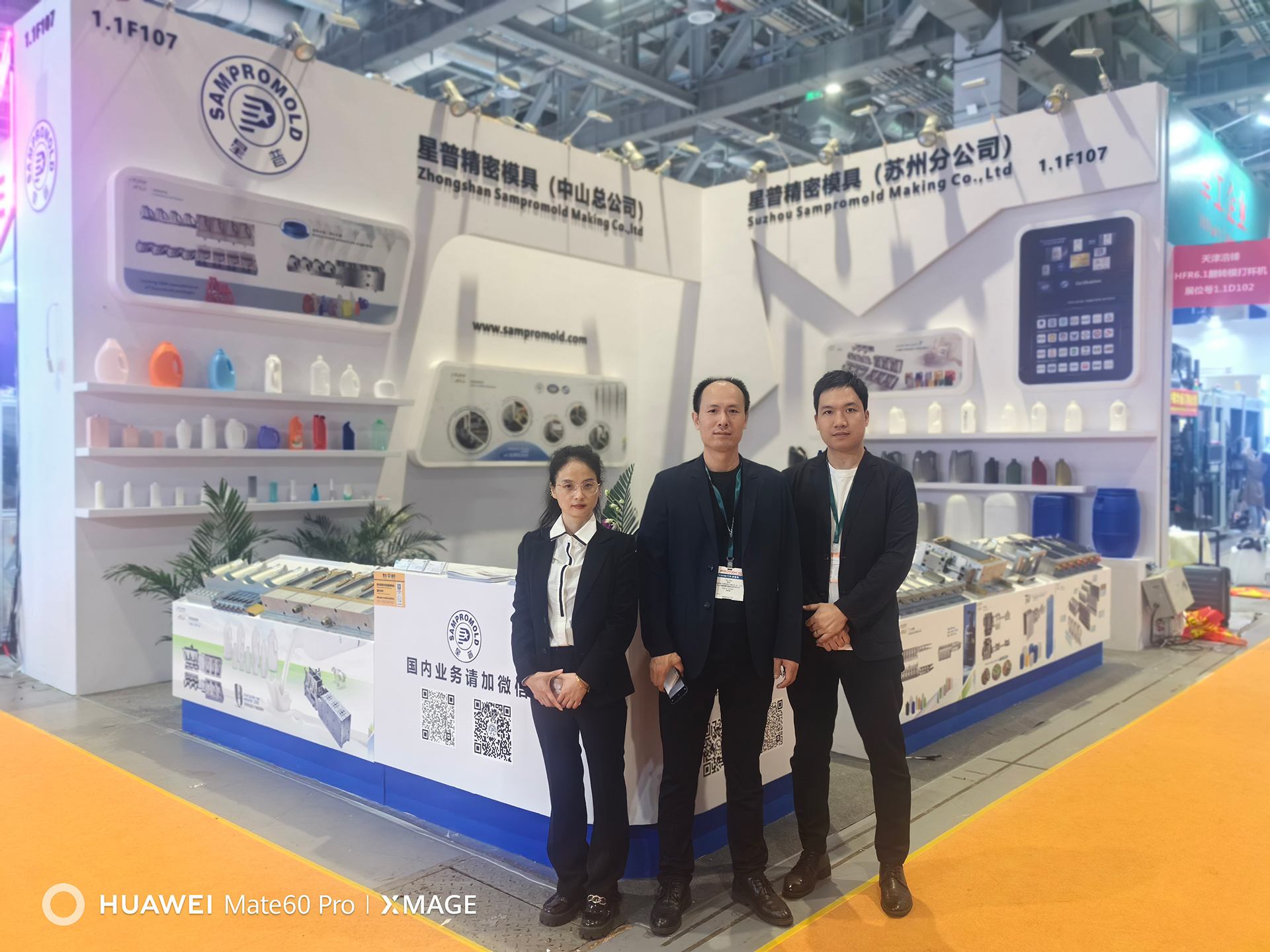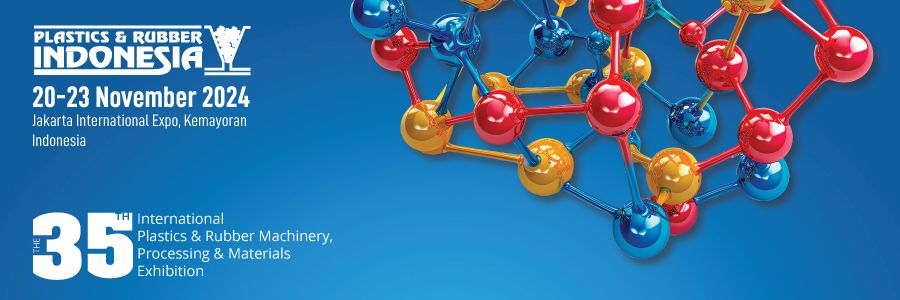Creating Unique Custom Detergent Bottle Blow Molds for Your Needs
Time:
2025-04-25
Blow molding is a widely utilized manufacturing process for creating hollow plastic parts. It involves three main stages: extrusion, molding, and cooling. In the case of detergent bottles, blow molding allows for the efficient production of lightweight, durable containers that can be tailored to various specifications. Understanding the intricacies of this technology is crucial for creating unique custom detergent bottle blow molds that not only meet but exceed market demands.
How Blow Molding Works
The blow molding process begins with the formation of a parison—a tube-like piece of plastic. This parison is then heated and inflated within a mold to form the desired shape. The flexibility offered by blow molding enables manufacturers to design intricate bottle shapes that catch the consumer's eye while ensuring functionality.
Applications of Blow Molding in Detergent Packaging
The detergent industry benefits immensely from blow molding, as it allows for the creation of bottles in various sizes, colors, and designs. Custom molds enhance branding opportunities while ensuring that the bottles are ergonomically designed for easy handling and dispensing.
The Importance of Custom Molds in Detergent Packaging
Custom molds are pivotal in the detergent packaging landscape for several reasons. They not only help in defining brand identity but also play a significant role in production efficiency and waste reduction.
Brand Differentiation
In a saturated market, having a unique bottle design can differentiate your product from competitors. Custom molds allow brands to incorporate their logos, colors, and unique features that resonate with their target audience.
Operational Efficiency
Custom molds designed with specific production processes in mind can lead to significant improvements in operational efficiency. They can reduce cycle times and minimize material waste, ultimately leading to lower production costs.
Designing Your Custom Detergent Bottle: Key Considerations
When embarking on the design of custom detergent bottles, several factors must be taken into account to ensure optimal functionality and appeal.
Shape and Size
The shape of your bottle can influence consumer perception and usability. Consider ergonomic designs that are easy to grip and pour. Additionally, the size should align with consumer needs, whether for single-use or bulk purchase.
Labeling and Branding Opportunities
The design should also consider space for labels and branding elements. Creating a cohesive design that integrates these aspects enhances brand recognition.
Functional Features
Incorporating functional features like spouts, anti-drip caps, or easy-to-open designs can improve user experience and satisfaction, leading to repeat purchases.
Material Selection for Blow Molding
Material selection is a critical aspect of blow mold manufacturing. The choice of material directly impacts the durability, flexibility, and aesthetic of the final product.
Common Materials Used in Blow Molding
- **Polyethylene (PE)**: Known for its lightweight and flexible properties, PE is commonly used for detergent bottles.
- **Polypropylene (PP)**: Offers higher temperature resistance and increased stiffness, making it suitable for certain detergent formulations.
- **Recycled Materials**: Increasingly, manufacturers are exploring the use of recycled plastics to meet sustainability goals while maintaining quality.
Factors Influencing Material Choice
Consider the chemical compatibility of the chosen material with the detergent, the required shelf life, and the environmental impact of the materials used. Selecting the right material is essential for ensuring product integrity and consumer safety.
Advanced Techniques in Blow Mold Manufacturing
With technological advancements, several innovative techniques have emerged in blow mold manufacturing, enhancing production capabilities and efficiencies.
3D Printing in Mold Prototyping
Utilizing 3D printing for creating mold prototypes allows for rapid design iterations and testing. This technology can reduce lead times and facilitate collaboration in the design phase.
Computer-Aided Design (CAD) Software
CAD software plays a crucial role in designing intricate mold shapes. It allows designers to visualize and simulate the mold design, ensuring that any potential issues are addressed before production begins.
Steps in the Mold Creation Process
Creating custom detergent bottle blow molds involves a structured process that requires careful planning and execution.
Initial Conceptualization
The first step involves brainstorming and conceptualizing the design. This stage includes discussing ideas with stakeholders and sketching preliminary designs.
Design Development
Once a concept is finalized, the design must be translated into a digital format using CAD software. This phase involves detailing specifications, including dimensions and functional features.
Prototype Testing
A prototype is created using techniques like 3D printing. This prototype undergoes rigorous testing to evaluate its functionality and design aesthetics.
Mold Production
After successful prototype testing, the final mold is manufactured. This stage involves precision machining to ensure that the mold meets all specifications.
Final Quality Checks
Before production begins, final quality checks are essential to verify that the mold performs correctly and consistently.
Quality Assurance in Blow Mold Production
Quality assurance is integral to the manufacturing process, ensuring that the final products meet the highest standards.
Testing for Durability and Performance
Conducting tests for durability and performance includes stress testing the bottles to ensure they can withstand transport and handling.
Compliance with Industry Standards
Adhering to industry standards and regulations is crucial for ensuring consumer safety. This includes testing for chemical leachability and mechanical strength.
Future Trends in Blow Molding Technology
The blow molding industry is continuously evolving, with trends shaping the future of detergent bottle production.
Sustainability and Eco-Friendly Materials
As environmental concerns grow, the industry is shifting towards using sustainable materials and processes. Innovations in biodegradable plastics and recycling methods are becoming more prevalent.
Smart Manufacturing Technologies
The integration of IoT and automation in blow molding processes will lead to enhanced operational efficiencies, data-driven decision-making, and predictive maintenance strategies.
Creating unique custom detergent bottle blow molds requires a combination of artistic vision and technical expertise. By understanding the blow molding process, prioritizing material selection, and embracing advanced manufacturing techniques, businesses can develop molds that not only meet functional requirements but also enhance brand identity. As the industry progresses toward sustainability and smart manufacturing, staying ahead of trends will be essential for maintaining a competitive edge in the detergent packaging market. Investing in quality molds today will position your products for success tomorrow.
RELATED NEWS













